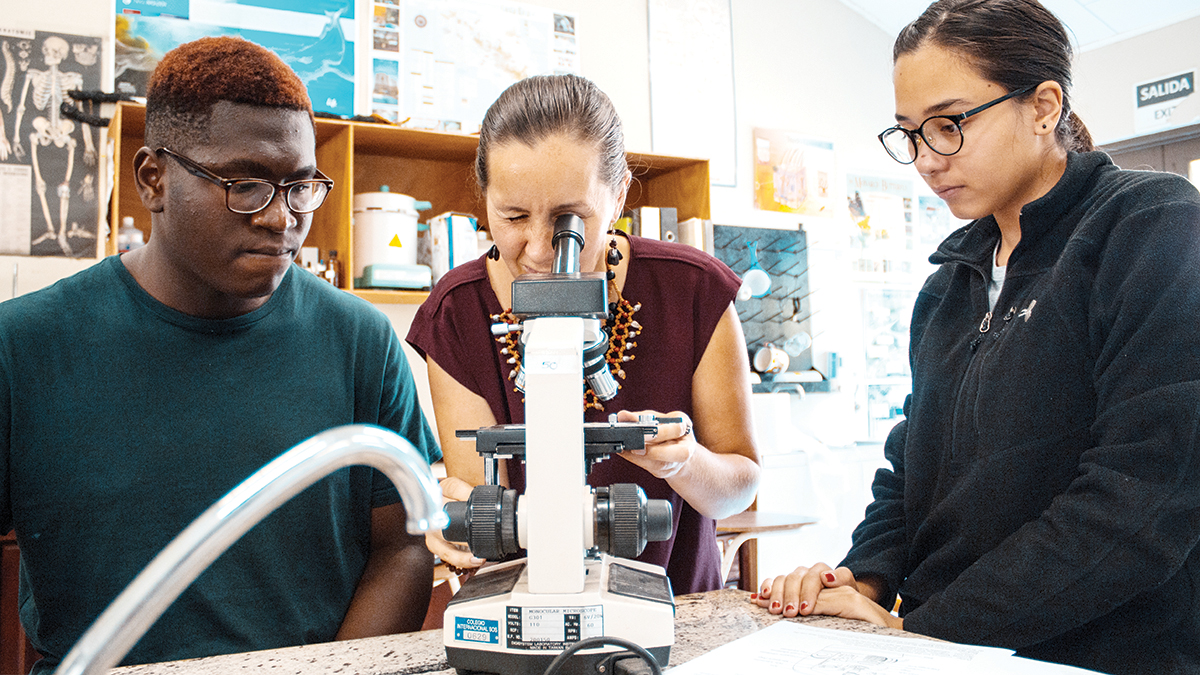Archive: Science Update: Earthquakes: What’s Shakin? September 15, 2022
Did you feel it? An earthquake is a shaking movement of the Earth’s Crust as stress overcomes friction. This web seminar will provide basic background to help attendees make sense of this natural phenomenon. Earthquakes, what they are, what causes them, what they can tell us about the Earth, and how we measure them will be covered.
Did you feel it? An earthquake is a shaking movement of the Earth’s Crust as stress overcomes friction. This web seminar will provide basic background to help attendees make sense of this natural phenomenon. Earthquakes, what they are, what causes them, what they can tell us about the Earth, and how we measure them will be covered.
Did you feel it? An earthquake is a shaking movement of the Earth’s Crust as stress overcomes friction. This web seminar will provide basic background to help attendees make sense of this natural phenomenon. Earthquakes, what they are, what causes them, what they can tell us about the Earth, and how we measure them will be covered.
Did you feel it? An earthquake is a shaking movement of the Earth’s Crust as stress overcomes friction. This web seminar will provide basic background to help attendees make sense of this natural phenomenon. Earthquakes, what they are, what causes them, what they can tell us about the Earth, and how we measure them will be covered.








